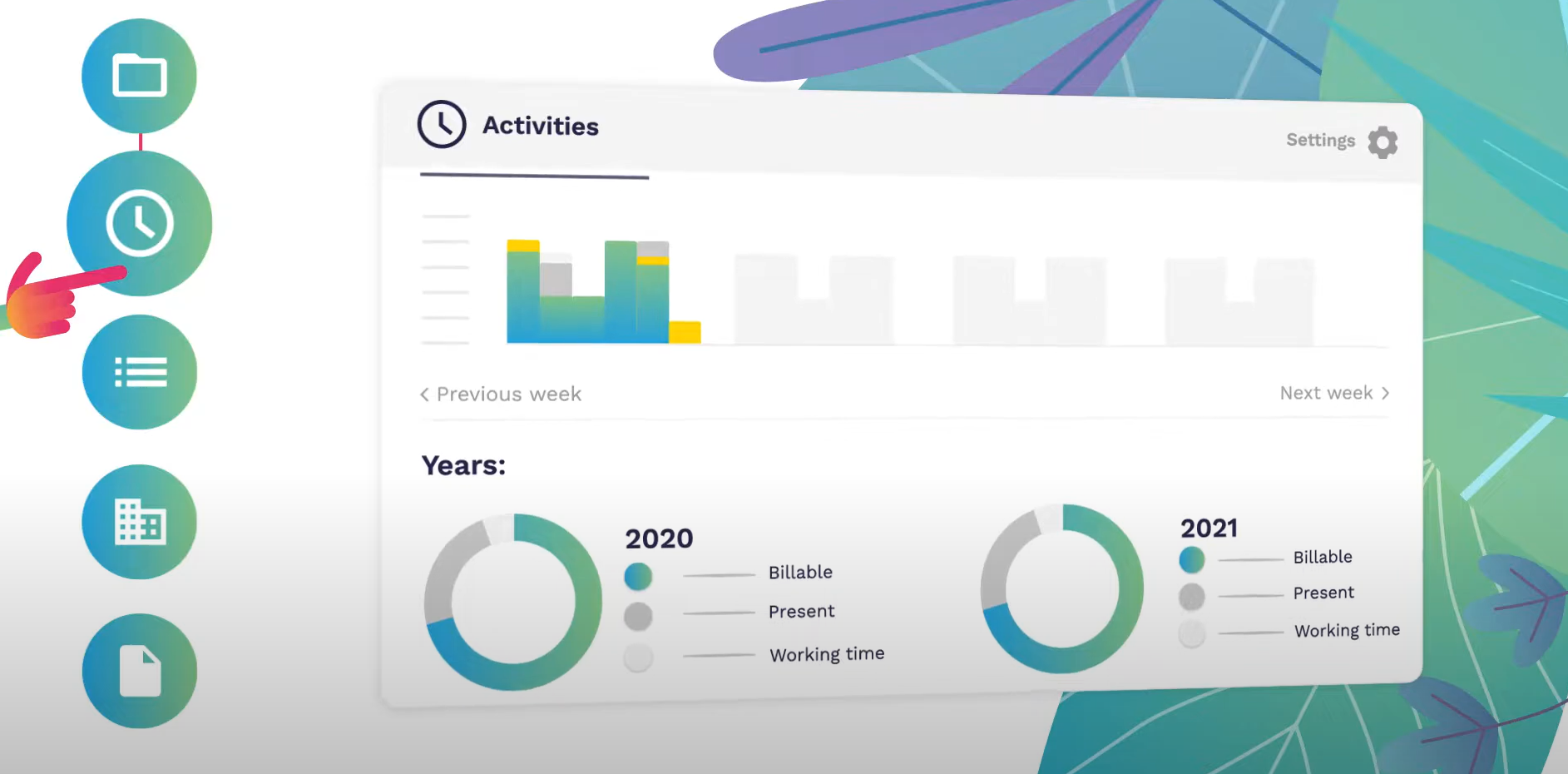Project-based work: What does it mean?
March 7, 2025
The Power of Project-Based Work: Less Stress, More Results
You may already be working project-based without realizing it. Many of your daily tasks are probably already project-based in nature. Project-based work offers a different perspective on your existing work and provides more clarity and peace of mind. It helps you achieve your goals more efficiently by taking a structured approach.

What is a project and what is involved?
A project is a temporary undertaking with the goal of realizing a specific product, service or outcome. It begins with setting the goal and identifying stakeholders. Then plans are made, setting deadlines, budgets and required resources. Once everything is clear, the project can begin. During the project, progress is closely monitored: how many hours have already been spent? How much of the budget has already been spent? Is everything still on track? Once the project is completed, the results are evaluated and the final product is delivered to the client.
What is project-based work?
Project-based work is a project management method in which you work systematically on a project. It always includes an end goal and a predetermined deadline, set by the project manager. By following a clear roadmap, you reduce the chance of mistakes and make your work more manageable and organized. This leads to less stress. Moreover, project-based work promotes cooperation with colleagues, because everyone knows exactly what is expected of them and when.
Project-based work combines routine work with improvisation. Often new creative ideas arise from improvisation, which are then systematically implemented during the project. There is always room for innovation and change, as the project plan can be updated by mutual agreement.
Finally, collaboration is crucial in project-based work. The project leader usually manages the project team, with everyone having their own qualities, interests and tasks.
The benefits of project-based work
1. Clarity to the project team
By working systematically, your team knows exactly what needs to be done thanks to the pre-established plan. Everyone is aware of their tasks and the deadlines that need to be met.
2. Clarity to the project sponsor
With a systematic workflow, you can easily give the project sponsor updates on the project’s progress. Both you and the project principal have a clear picture of the current status and next steps.
3. Project in phases
Dividing the project into steps creates several phases. After each phase, there can be a brief evaluation and the plan can be adjusted if necessary. This provides additional clarity for the project manager, the project team and the project sponsor.
4. Fewer errors in the project:
This approach leads to fewer errors. Everyone knows exactly who is doing what and how long they need to do it, which ensures transparency. It is also clear how much of the budget is still available. All this can be clearly communicated to the project owner, who experiences more peace of mind because he receives regular updates and knows what to expect.

How do you work project-based?
Project-based work offers many benefits, but how exactly do you go about project-based work? There are several methods, such as Agile and Scrum, that you can use. Agile is an umbrella term for a set of principles laid out in the Agile Manifesto. This method focuses on flexibility, collaboration and customer focus. With Agile, projects are broken down into small, manageable pieces that are completed in short time frames (sprints). Scrum is a specific Agile method that provides a structured approach to managing projects.
Basically, you can always use project-based work efficiently if there is a clear start time and end time. To keep your project on track, it is smart to divide the project into phases. You can think of these phases yourself. Below you will find some inspiration:
1. Initiation
Start by defining the purpose of the project and identifying the stakeholders. This is the phase where you lay the groundwork for the project.
2. Planning
Establish a detailed plan, including timelines, budgets and resources needed. This helps establish a clear path for the project.
3. Implementation:
Perform planned activities. This is the phase where the actual work is done, such as developing a product or providing a service.
4. Monitoring and control:
Track project progress and make adjustments as needed to ensure the project stays on schedule and within budget.
5. Closing
Round out the project by evaluating the results and delivering the final product to the client. This is also the time to learn lessons for future projects.
Dividing your project into these phases allows you to work in a structured and efficient manner, leading to better results and less worry.
Scrum method
Scrum is a specific Agile method that provides a structured approach to managing projects. In Scrum, there are three main roles: the Scrum Master, the Product Owner and the Development Team. The Scrum Master is the facilitator who ensures that the Scrum process is followed and helps the team overcome obstacles. The Product Owner represents the customer and is responsible for maximizing the value of the product by managing the product backlog, a list of all desired features and enhancements. The Development Team consists of professionals who perform the work to develop the product.
Scrum works with sprints, fixed time periods of usually two to four weeks, during which a workable product increment is delivered. Each sprint begins with a Sprint Planning meeting, in which the team works with the Product Owner to determine which tasks they will complete in the coming sprint. During the sprint, the team holds a short daily meeting, the Daily Scrum, in which they discuss progress and identify any obstacles. At the end of the sprint, the team presents the completed work to stakeholders during the Sprint Review, where feedback is collected. After the Sprint Review, the team reflects on the process during the Sprint Retrospective and identifies ways to improve their practices.
Software for project work
Managing multiple projects at once can be overwhelming. Project management software can help with this by centralizing all your projects in one place, including their phases and plans. During the project, you can add tasks and record time, providing a clear overview of progress. You can see exactly how long each task has taken and the status of the project.
In addition, project management software allows you to record budgets and quotes, so everything related to your project can be found in one place. This makes managing your projects more efficient and organized.
All in all, project work and project management software go hand in hand. The software offers many functionalities such as CRM, quotes, time tracking, scheduling, invoicing, accounting and much more. This allows you to better manage your projects and reduce the risk of errors.

The right software for you!
Wondering if project administration software is right for your company? Maki can help you gain insight into your projects and organizational processes. Maki is an all-in-one ERP system that ensures that all of your projects and associated information are conveniently located in one place.
Is Maki right for you? Try the 30-day free trial and discover how Maki can support you in managing your projects and optimizing your business processes

